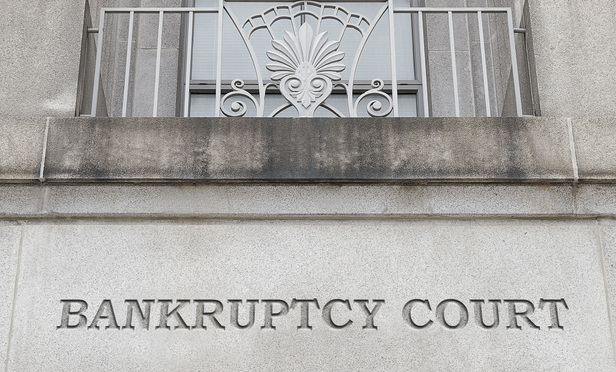A bankruptcy trustee turns the key to an office. What awaits is a possible wasteland: The space is abandoned and unkempt, computer systems are unintelligible and inaccessible and institutional knowledge of the company has walked out the door with the employees. Yet, in the face of such disorder, the trustee is charged with building a comprehensive dataset and maintaining a spotless chain of custody that will be valuable in potential litigation.
At the outset of a case, a trustee needs to address a number of concerns, including IT resources and institutional knowledge, financial reporting systems, data retention and remote access and spoliation. How is this accomplished most effectively? The answer lies in building a robust e-discovery program. A comprehensive e-discovery program utilizes technology and data management tools to quickly access and review large volumes of financial and business data, as well as offer best practices to avoid potential future spoliation issues.
An Expanding Data Universe and Diminishing Institutional Knowledge
This content has been archived. It is available through our partners, LexisNexis® and Bloomberg Law.
To view this content, please continue to their sites.
Not a Lexis Subscriber?
Subscribe Now
Not a Bloomberg Law Subscriber?
Subscribe Now
LexisNexis® and Bloomberg Law are third party online distributors of the broad collection of current and archived versions of ALM's legal news publications. LexisNexis® and Bloomberg Law customers are able to access and use ALM's content, including content from the National Law Journal, The American Lawyer, Legaltech News, The New York Law Journal, and Corporate Counsel, as well as other sources of legal information.
For questions call 1-877-256-2472 or contact us at [email protected]



